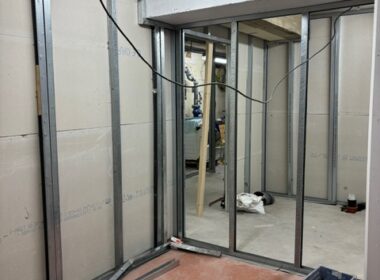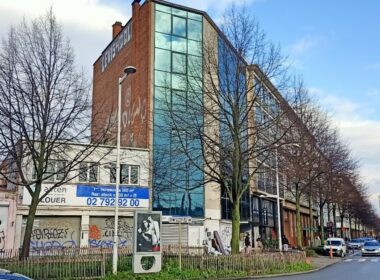After a challenging year for human relations, we are now seeing, more than ever, that doctors and nurses have devoted their energy and health to help the greater population during the terrible “war” against SARS-COV-2. They have reached their limits and are no longer being applauded.
Vaccines are now being distributed to try and win the “war”. However, it’s very clear that no one can guarantee the date on which society will reopen, especially since the arrival of variants.
Society is therefore living “separated” and generational conflicts are appearing. People have been weakened and anxiety and psychological illnesses are gaining traction.
In addition, environmental and energy problems still persist. They have, unfortunately, taken the back seat, although their impact will be much worse according to scientists.
To put an end to this health crisis, there are several solutions which can complete the actions taken by healthcare workers.
In fact, we think that in order to win the “war”, we must fight on several fronts. One of these fronts is the transmission of COVID-19 in buildings. We believe that engineers and architects can contribute to the solution.
What is the basic premise defended by many scientists? Zero risk does not exist.
With that in mind, here is a breakdown of the approach:
- What does the basic premise mean in practice? That a COVID risk level must be defined as a %.
- Who will set the COVID risk level? The legislator, via a law.
- What tool will be used to check the risk level? An assessment, as proposed by Rehva[1].
- What does it entail? It’s like a PEB certificate, but for a business’ COVID risk level.
How will it be implemented? Picture a restaurant owner who wants to reopen…
They call on a certified engineer/architect who records all of the characteristics of the business that wants to open in an Excel spreadsheet based on the Wells-Riley[2] equation and performs an on-site verification:
- Number of people?
- Will people be speaking loudly and/or will there be any physical activity?
- Size of the premises and the ventilation system?
- Is there a UV device? Or other equipment which can neutralise the virus?
After the assessment is finished, the restaurant owner is informed of the assessed risk level.
If the legislator states that: “We have set the risk limit at 5%”, and the restaurant owner is at 6% and must be under 5% to reopen their business, the restaurant owner must discuss the issue with the assessor. For example, they must commit to reducing the number of people allowed on the premises, or invest in a UV device, or request an extended ventilation period, etc.
In summary, the process is a specific, case-by-case analysis, and the restaurant owner can take the compensatory measures which are best suited to their situation.
Lastly, the assessor will check the equipment maintenance and, if everything is in order, the restaurant owner can open their business in full compliance with the law.
The cherry on top: the business owner can post the certificate on their entrance to reassure customers.
In conclusion, note that in order to operate a building, it must already have the following valid documents:
- an electrical report ;
- an environmental permit ;
- a fire safety certificate ;
- a PEB certificate, etc.
Some clients voluntarily add BREEAM and WELL certifications (for worker health and safety), so why not also include a COVID Safe Certificate?
Author: Frédéric Oleksandrow, EWA Engineering
Picture: Le Félicien Namur – Business Center Ecolys by Actibel
[1] The Federation of European Heating, Ventilation and Air Conditioning Associations.
[2] Wikipedia definition: “The Wells-Riley equation is a simple model of the airborne transmission of infectious diseases.”
Read also: Training for more circular construction in Brussels, Greenbizz II, an exemplary centre dedicated to the circular economy, Clear thinking about public space, a sustainabilty catalyst





